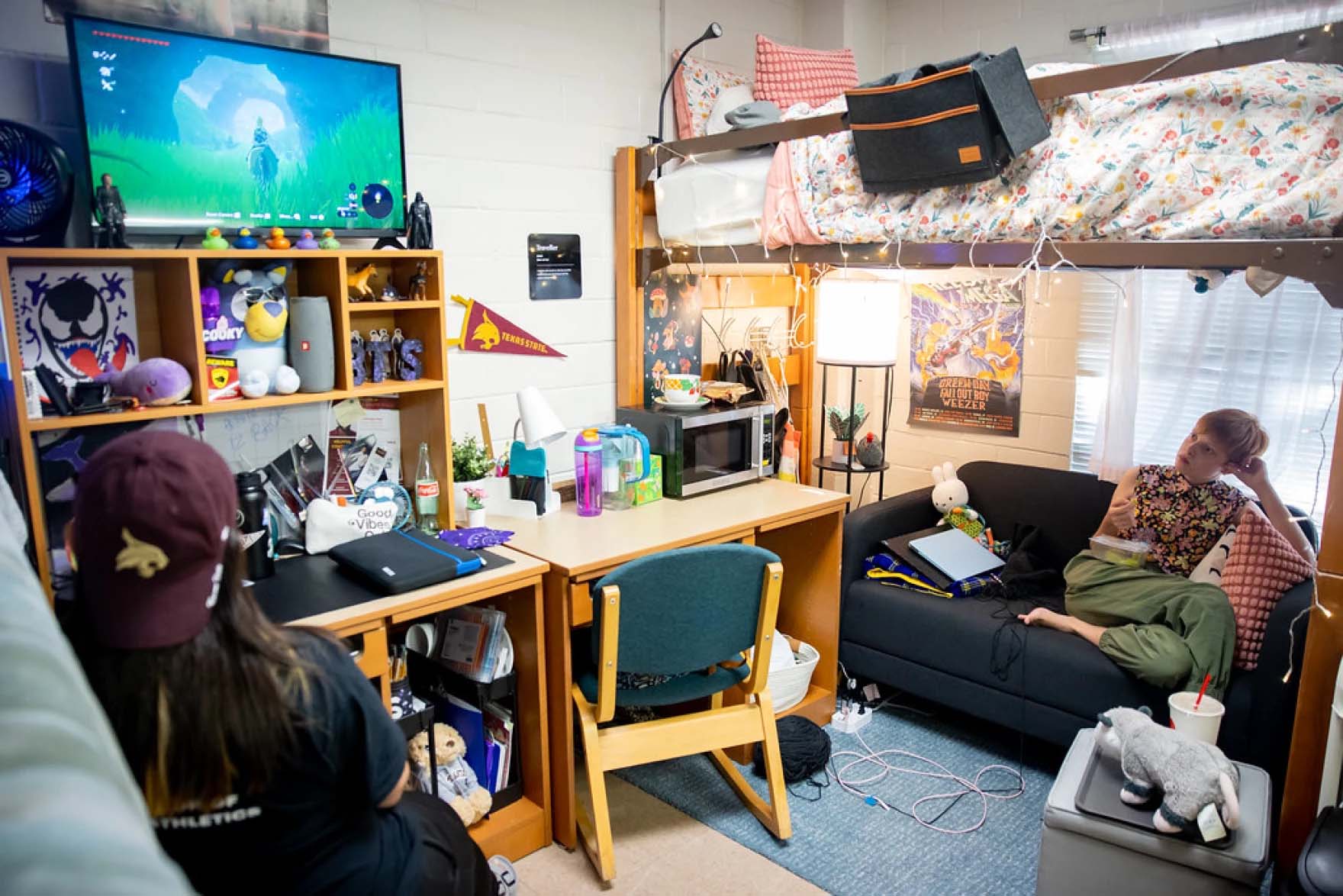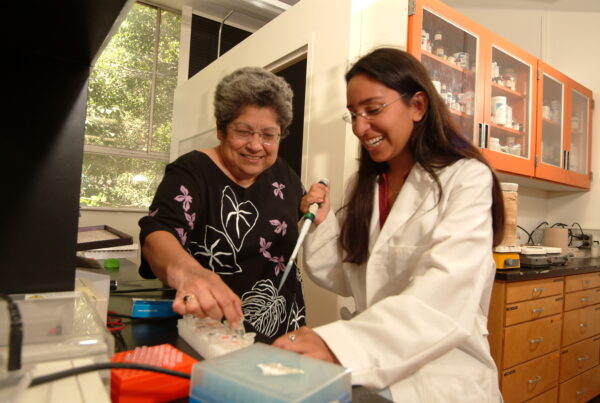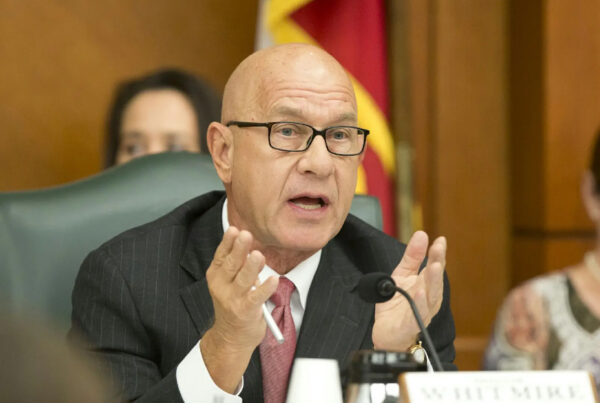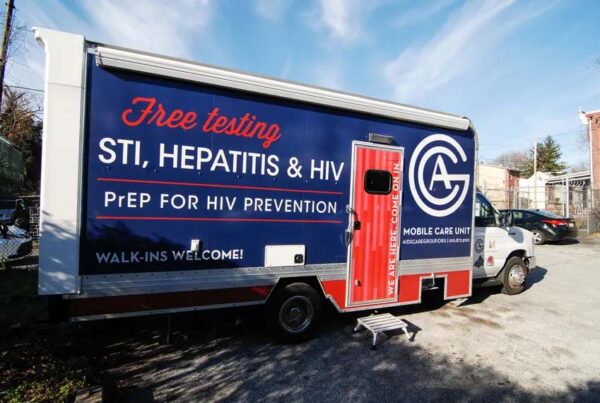From KUT:
Grace Young didn’t know what to expect when starting her first week of college. The Texas State University freshman moved into Arnold Hall last month and had no idea what her room would look like.
All she knew was that she had a roommate and that the room they would be living in was intended for only one student.
“It was like Tetris or like building with Legos,” Young said. “It was just six hours of rearranging, moving this, moving that, planning.”
She said she was nervous about the space, but it doesn’t feel too cramped. “It honestly doesn’t feel like it was a one-person dorm.”
Texas State admitted a record number of freshmen for its third consecutive year and, for the first time ever, was the most applied-to university on an online application system for all Texas universities.
Young’s dorm and others had to adjust living arrangements to fit these additional students. With the campus at 105% capacity, the university turned several single-occupancy rooms into doubles and doubles into triples.
Young didn’t know what to expect, but she and her roommate have managed to make the space comfortable.
“You definitely have to get really creative,” she said. “So having my desk be where my microwave is, where I make food, where I work, where I crochet, where I plan my day.”
Returning to campus
William Mattera, executive director of Housing and Residential Life, said admission decisions don’t depend on the number of beds available on campus. That’s just one of many factors.
“Post-pandemic, most schools saw an increase in enrollment as students looked to return to in-person learning,” he said. “So a lot of schools experienced big jumps last year.”
The university had plans in 2020 to build a new dorm, but the project was postponed due to the pandemic. There was no way to predict how many students would want to live on campus.
“Do you take that gamble being unsure of when the pandemic’s gonna end?” Mattera said.
Last year, Texas State didn’t expect as many students on campus and had to make last-minute changes, even putting some students in hotels.
Mattera said the university anticipated another large class of students this year and prepared, doubling up on rooms and turning lounge spaces into bedrooms. It also decided dorm rooms would go only to freshmen.
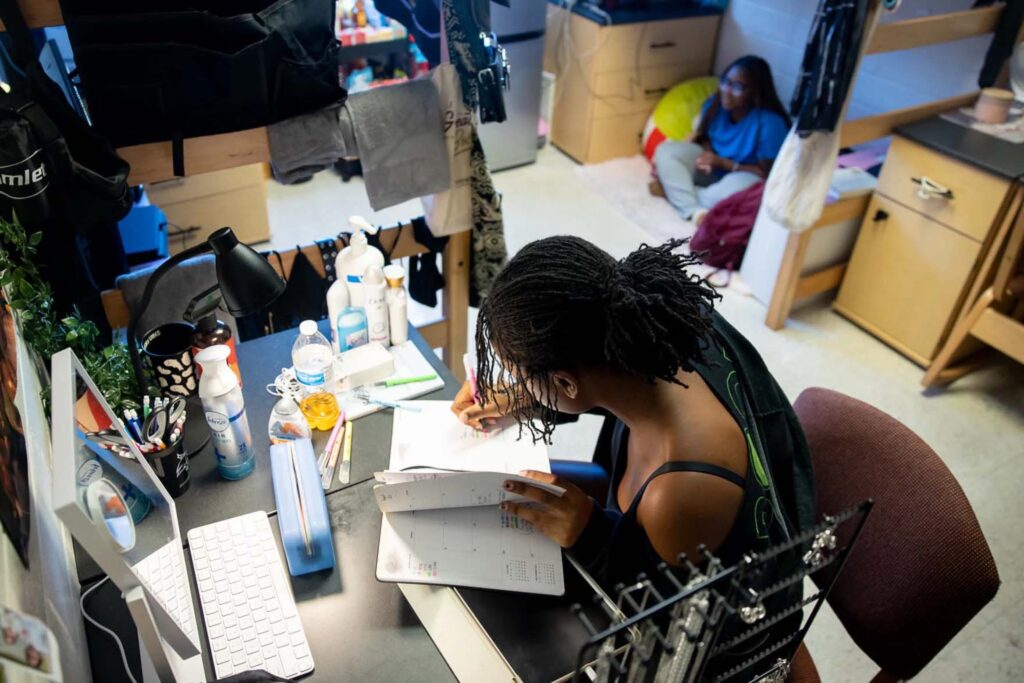
Texas State Freshman “Rem” Remy says they were unable to get into a gender-inclusive residence hall.
Freshman “Rem” Remy is already worried about having to move off campus next year.
“I felt that I would have more time to rely on the college for housing and didn’t imagine myself getting an apartment,” they said. They imagined living on campus at least until junior year.
“It’s just like scary adult stuff that I didn’t think I would have to start thinking about already,” they said.
Remy had some trouble finding a dorm room. On their application, they indicated they wanted to live in gender-inclusive housing — a program at Texas State that helps match roommates regardless of their gender, sexual orientation, identity or expression.
Remy said they wanted to connect with a roommate who would accept and support them. They were excited to live in a residence hall with other people in the program. But when it came time to pick housing, all those rooms were gone.
“We were like, is the website broken?” they said. “Which is crazy cause like how are you gonna let me pick housing and then it’s all gone? Like, where am I supposed to live?”
Remy and another student from the program managed to find housing elsewhere on campus. They’ve made friends with several neighbors.
“Me and my roommate figured it out,” Remy said. “She’s great; I like my roommate a lot.”
Building more dorm space
A new dorm building, Hilltop Housing Complex, is expected to open next fall, adding another 1,000 beds to the campus and costing approximately $125 million.
Even with the additional space, Mattera said, the university may keep some rooms doubles and triples. He said as many students complain about the triples, there are also a number of students who like them.
“A lot of students will come out of high school and have three friends who want to live together,” he said. “It’s also a more affordable type of room.”
Another dorm building on James Street is planned to open in the fall of 2025 and will house nearly 900 students.
Not unique to Texas State
Across Central Texas, universities are struggling to keep up with on-campus housing demands.
UT Austin is at 100% capacity this year, Justin Jaskowiak, director for Housing and Guest Services, said. He said the university turned a number of study rooms into bedrooms, but it has housing options for students of all grades.
Jaskowiak said the university guesses about two-thirds of freshmen will want to live on campus and plans accordingly. UT recently bought two apartment buildings, Dobie Twenty21 and 2400 Nueces Apartments, and turned them into residence halls.
If all dorms are occupied, Jaskowiak said, the university tries to help students find apartments nearby, but that all depends on what’s available in Austin.
Huston–Tillotson University, a private historically Black university in East Austin, also met capacity for on-campus housing this year. President Melva Wallace said it’s been a struggle recruiting for the university knowing there might not be enough space for everyone on campus.
“That’s the challenge,” she said. “Not being able to bring more diversity here to the community because we don’t have adequate housing.”
Wallace said the university applied for government funding to build tiny homes to house students on campus. For now, she said, some HT students are bunking in dorms at St. Edward’s University, a private school in South Austin.
“We are still short at least 100 beds,” she said. “We are navigating turning students away and telling students they may have to take their courses online … and they want to be in Austin, Texas.”
Wallace said some students might be able to afford apartments farther north or south, but then transportation becomes an issue.
“We are turning this talent away,” she said. “We’re all losing when we don’t solve the housing crisis.”


